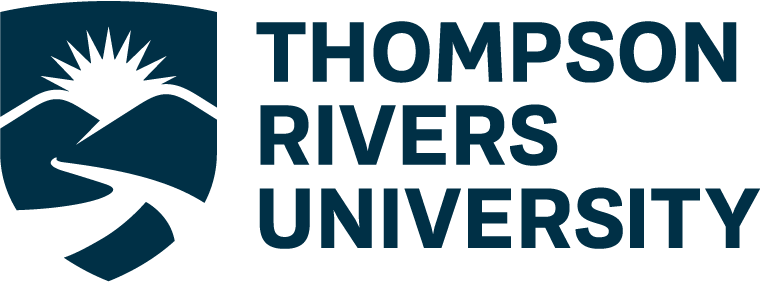Reconcili-Action Plan at RDP
When I explored my institution to understand how it is engaging with local Indigenous peoples, I discovered that RDP has implemented a Reconcili-Action Plan for 2023-2028. This plan was developed by the RDP Equity, Diversity, Inclusion, and Indigenization (EDII) Indigenous Working Group in consultation with Indigenous stakeholders, including RDP Indigenous students, the Red Deer Native Friendship Society, Sunchild First Nation, Montana First Nation, Ermineskin First Nation, Big Horn 144A Reserve, Shining Mountains Community Living Services, Urban Aboriginal Voices Society, and Métis Local 492. The plan outlines several actions to support reconciliation, such as relationship building, accessible education, Two-Eyed Seeing, and encouraging open voices. The policies in this plan are essential for positioning RDP as a partner alongside Indigenous peoples in central Alberta.
Indigenous Student Services and Events
In addition to the Reconcili-Action Plan, I discovered that our institution has an Indigenous Student Services department dedicated to supporting Indigenous students’ academic success. This department provides resources and guidance to help Indigenous students thrive and integrate into the institutional environment. The institution also hosts several Indigenous-focused events, such as an annual Indigenous conference organized by students and community members, an Indigenous culture camp, and activities leading up to National Truth and Reconciliation Day.
Gaps in Policies for Instructors
Despite these initiatives, there is a noticeable gap in policies guiding instructors on integrating Indigenous content, activities, or pedagogy into their teaching. While programs like the Bachelor of Education, Early Learning, Social Work, and Educational Assistant programs include policies and courses focused on Indigenous pedagogy—aligned with Alberta’s Teacher Quality Standard #5, which emphasizes foundational knowledge about First Nations, Métis, and Inuit for the benefit of all students—these resources are often not widely visible or accessible to post-secondary instructors, as they are primarily designed for K-12 educators.
Implications for Other Departments
This raises questions about other departments, such as Trades, Arts, Math, and Science. Are these areas incorporating Indigenous pedagogy? If the institution does not mandate these concepts across all departments, how can genuine reconciliation be achieved?
Alignment with the Truth and Reconciliation Commission
This oversight could be seen as a failure to align with the Truth and Reconciliation Commission’s Calls to Action. Ensuring all departments engage with Indigenous pedagogy is crucial for meaningful progress toward reconciliation.

Recent Comments